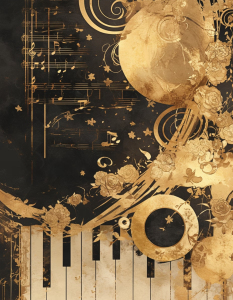Garage Rock’s Wild Start: A Raw Chapter of Free Sheet Music
In our previous discussions, we noted the decline of early American rock music around 1959. But this lull didn’t mean the genre vanished. By 1964, as the British Invasion took off, young white American bands were already active. Most played surf or blues-influenced rock music, lacking originality in both sound and lyrics. However, the success of The Rolling Stones sparked a shift. American youth responded—turning up their amps, growing their hair long, and giving rise to what became the first garage rock movement.
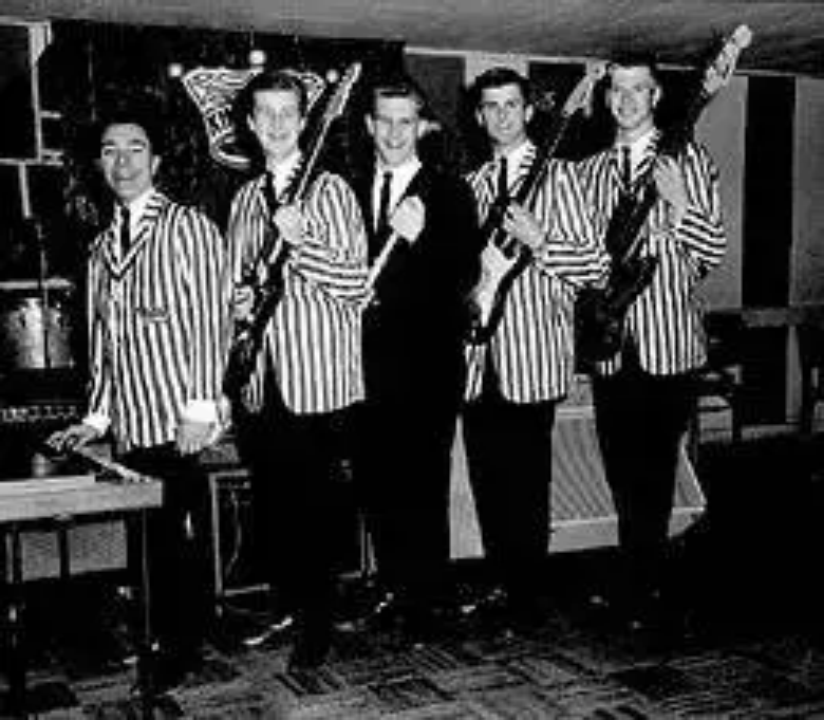
Louie Louie
In April 1963, five Oregon teenagers formed The Kingsmen. Lacking funds for a professional studio, they recorded in a garage. The result was raw and rough, but their version of “Louie Louie” sparked something new. It wasn’t just a cover—it was the unofficial start of garage rock music.
Originally written by African American rock music composer Richard Berry, “Louie Louie” was reinterpreted by countless bands. That same year, The Trashmen released “Surfin’ Bird,” another wild hit that captured the energy of young musicians.
Garage rock didn’t follow a single musical blueprint. What united these bands was spirit, not skill: most were suburban teens, short on polish but brimming with attitude. Their songs were loud, distorted, and short. They shouted more than sang. Their sound combined elements of folk, blues, and psychedelia. Today, these bands are credited as key influences in famous rock music and early proto-punk.
The Premiers
In 1964, The Beau Brummels released “Laugh, Laugh”—a song previously mentioned in our folk rock coverage. It also stood as an early example of garage rock music. That year, The Premiers from California released a cover of “Farmer John,” adding their voice to the garage revolution.
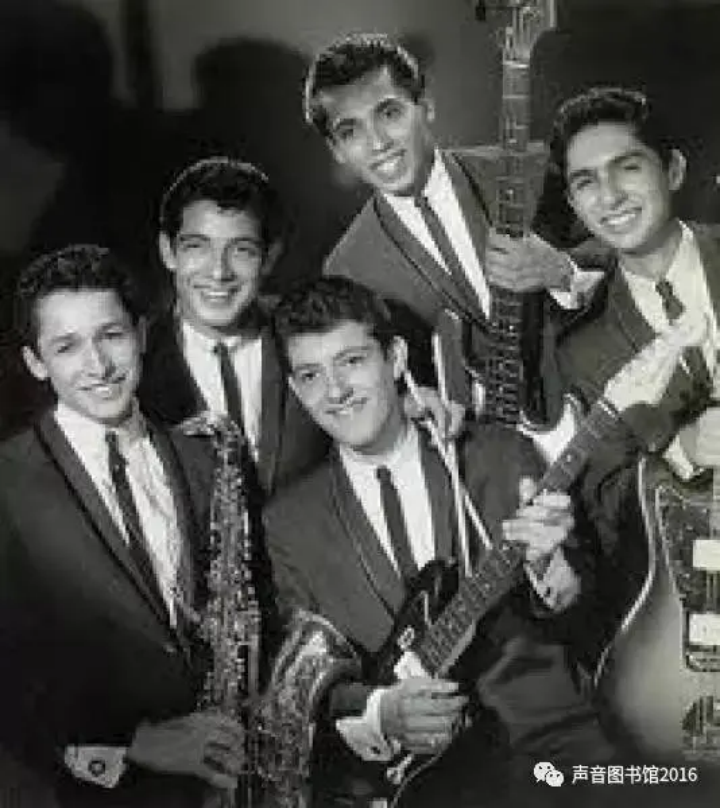
The Sonics – Here Are The Sonics
In 1965, The Sonics from Tacoma dropped their iconic album Here Are The Sonics. Their aggressive sound made them one of the most important bands of the garage rock era. Later icons like Nirvana and The Fall cited them as inspiration. With their fuzzed-out tones, The Sonics became legends in both garage and grunge scenes—clear pioneers in famous rock music.
Also in 1965, other acts joined the fray:
l Sam the Sham and the Pharaohs with “Wooly Bully”
l The 13th Floor Elevators with “You’re Gonna Miss Me”
l Sir Douglas Quintet with “She’s About a Mover”
l The Castaways with their one-hit wonder “Liar, Liar”
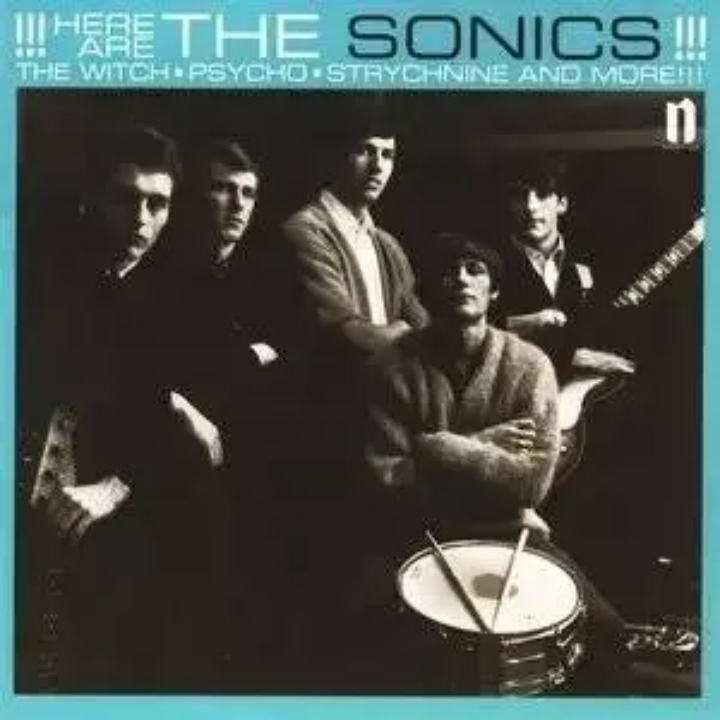
The Monks
By 1966, garage rock had peaked. The Sonics released their second album Boom, while The Monks—a group of American soldiers stationed in Germany—unleashed Black Monk Time. Their monk-inspired look and minimalistic music weren’t popular then, but later became revered as a foundation for punk and rebellious rock music culture.
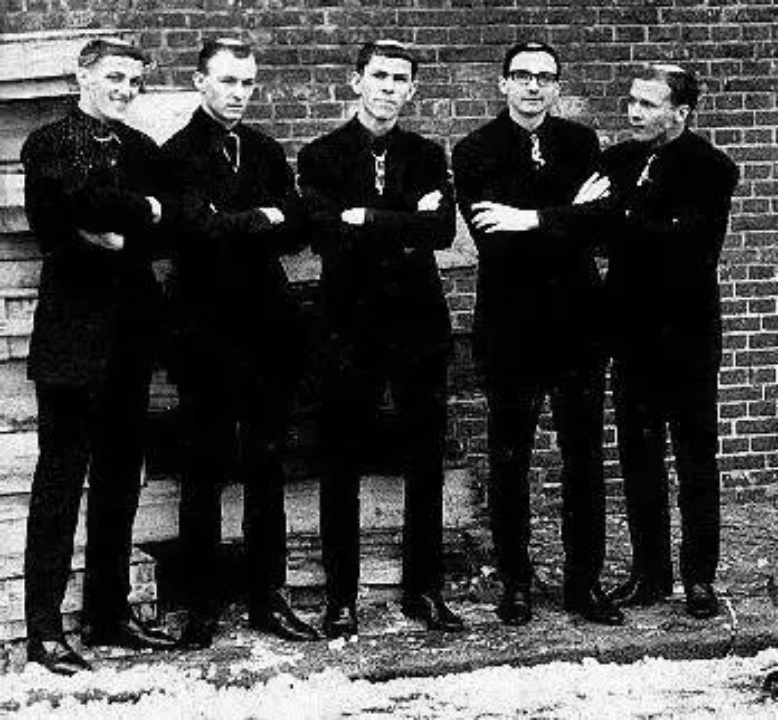
The Seeds
That year, The Seeds from Los Angeles released two albums and the hit single “Can’t Seem to Make You Mine,” which was later covered by Ramones and Garbage. Their lead singer Sky Saxon became a cult figure for future rock music composers in the punk movement.
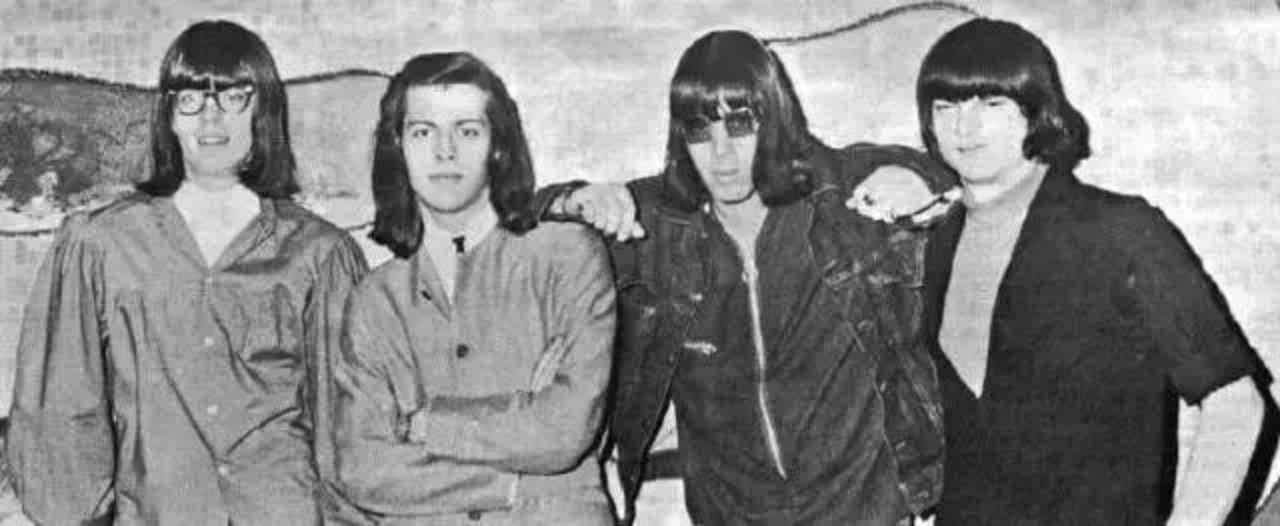
The Standells
Also in 1966, The Standells released “Dirty Water,” a garage rock anthem that later made the Rock and Roll Hall of Fame’s 500 Songs that Shaped Rock Music. Their influence extended to the punk scene, where bands like the Sex Pistols and Ramones paid tribute to their gritty sound.
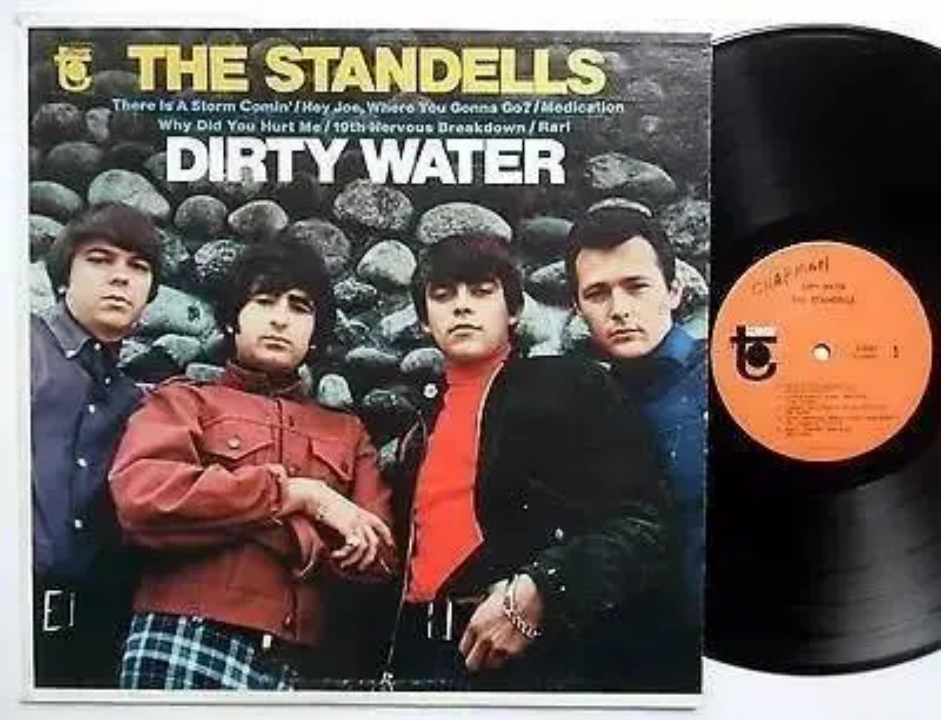
Kicks
This Idaho band released “Kicks” in 1966. Despite their commercial polish, they’re often included among proto-punk pioneers, thanks to their rebellious tone and youthful themes.
? and the Mysterians
This Michigan-based band released “96 Tears,” which topped the Billboard charts in 1966. Its signature keyboard riff became iconic, and the band’s mysterious frontman helped elevate the song to cult status. Their self-titled album further defined the lo-fi energy of garage rock music.
The Choir
From Cleveland, The Choir debuted with “It’s Cold Outside.” Though their fame was brief, this song became a garage band staple, covered by many and remembered for its raw charm.
Other garage-era hits included:
l The Squires – “Going All the Way”
l Tommy James & the Shondells – “Hanky Panky”
l The Music Machine – “Talk Talk”
l The Electric Prunes – “I Had Too Much to Dream (Last Night)”
l The Leaves – “Hey Joe” (a track later made more famous by Jimi Hendrix)
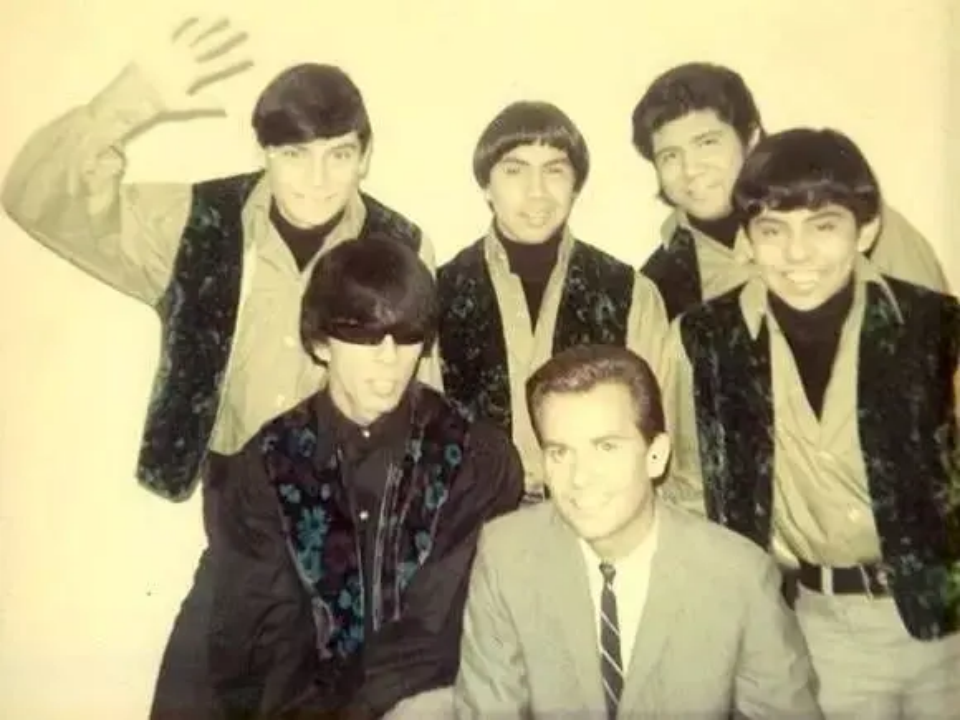
? and the Mysterians (again)
In 1967, garage rock began to fade. The Seeds released Future, and though it got attention for “A Thousand Shadows,” momentum was slowing. ? and the Mysterians released Action, which didn’t sell well but included tracks like “Can’t Get Enough of You Baby,” later covered by Smash Mouth.
That same year:
l The Balloon Farm released “A Question of Temperature”
l Unrelated Segments dropped “Where You Gonna Go”
l The Mojo Men released “Sit Down, I Think I Love You”
By 1968, the garage rock wave had crested. Psychedelic and progressive rock music were rising, and garage rock, once raw and immediate, felt outdated. But its impact endured. It had built an audience of restless youth and laid the groundwork for punk. Many rock music composers from the punk era looked back to the simplicity and fire of garage rock for inspiration. Its rebellious roots were now firmly planted in the soil of famous rock music history.
Want to recreate the garage rock spirit at home? At SheetMusicGo, you’ll find free sheet music from garage and proto-punk legends like The Sonics and The Standells. Whether you're learning a fuzz-drenched riff or covering raw underground classics, our platform offers accessible, genre-tagged free sheet music for all kinds of rock lovers. Let your inner rebel play—no studio required.
FAQs
1. Where can I find sheet music for garage rock bands like The Sonics or The Standells?
Visit SheetMusicGo, where you'll find free sheet music for a variety of underground and classic rock music hits.
2. What defines garage rock compared to other rock genres?
Garage rock music is raw, energetic, and often unpolished, usually played by amateur bands in suburban garages. It’s considered the blueprint for punk and other rebellious subgenres.
3. Who were some of the most influential garage rock music composers?
Key rock music composers include Richard Berry (writer of “Louie Louie”), Sky Saxon of The Seeds, and members of The Sonics, who helped shape the tone of early famous rock music.
